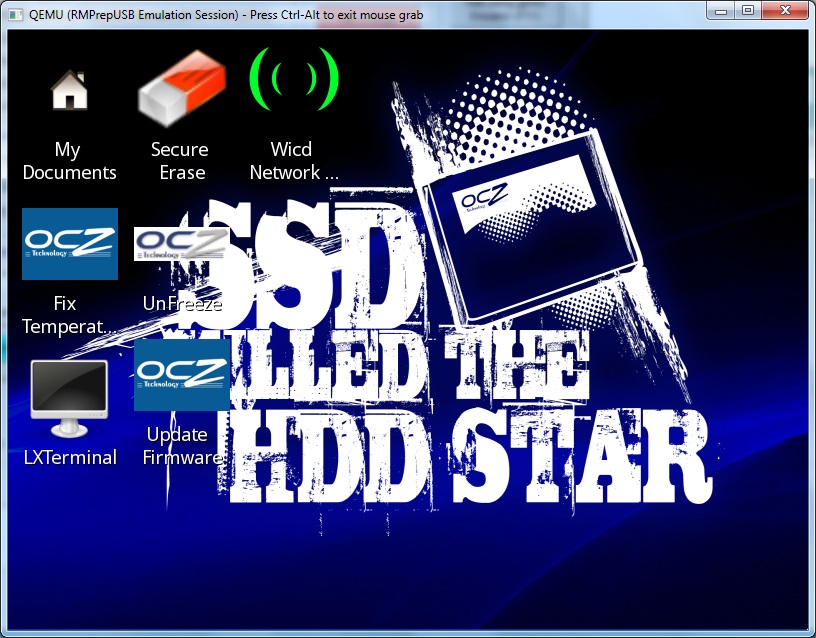


Generally, if you want to perform low-level format operations on SSD, it means that your SSD has the following conditions: Common SSD brands are Samsung, Kingston, Seagate, WD, Intel, SanDisk, etc. It is a smaller and faster running speed, but the price is higher than HDD Therefore, due to the excellent performance of SSD, more and more users want to use SSD and reformat SSD. It consists of a control unit (FLASH chip) and a storage unit (DRAM chip). It is a larger and slower running speed.Ĭompared with traditional HDD, SSD is made of a solid-state electronic memory chip array. The HDD is mainly composed of a disk, a head shaft and a control motor, a head controller, a data converter, an interface, and a cache. Hard disk drives (HDD) and solid-state drives (SSD) are both data storage devices, but there are differences between the two. Each SSD and HDD has been low-level formatted before leaving the factory. The low-level format is a necessary prerequisite for the high-level format. Each sector is divided into identification part ID, interval area, GAP, and data area DATA.

The low-level format (LLF): refers to the hard disk is divided into cylinders and tracks, and then divides the tracks into several sectors. The format we usually talk about is the high-level format.

Just clear the data on the partition, generate boot information, initialize the FAT table, mark logical bad sectors, etc. The high-level format(HLF): refers to reformat each partition after the hard disk is partitioned. Formatting is divided into the low-level format and high-level format. Formatting can delete all files in an existing disk or partition. ▐ What is low-level format?įormatting is actually the operation of initializing a disk or disk partition. Understanding the following two points will help you understand the low-level format of an SSD and let you operate more easily. Question from LINUS TECH TIPS Things you should know before SSD low-level format Does anyone know if it is possible for me to somehow do this to the same drive on which the OS is installed?” I would like to low-level format it several times (I heard it has to be at least 20 times on SSDs) to make the files unrecoverable.
OCZ SSD FORMAT UTILITY WINDOWS
Source=("$/TAEC_OCZLicense.I have Windows 8 installed on my SSD. Pkgdesc="A GUI based tool for managing OCZ’s SSD’s including firmware and BIOS updates." If I should get a reply, I'll report back.
OCZ SSD FORMAT UTILITY UPDATE
Now the bomb drops, for a new TR200 (480 GB), it's at version 15.2, OCZ SSD Utillity claims that an update is a available, but actually it offers a downgrade to 12.6. On my machine OCZ SSD Utillity for two TL100 (240 GB) shows that both are up to date at version 10.6, so no issue at all for a discontinued SSD, but there's an issue for at least one model of the current product line.įor two TR200 (240 GB) OCZ SSD Utillity claims that both are up to date at version 12.6, while the homepage already provides 13.3.
OCZ SSD FORMAT UTILITY DOWNLOAD
On the download page the firmware for TR200 is provided by downloads for version 12.4 (April 11, 2018), 12.6 (December 21, 2018) and 13.3 (December 21, 2018). I'm using the latest available version of OCZ SSD Utillity for Linux,, offered by your downloads. Just a heads up, a few seconds ago this inquiry was submitted successfully to Toshiba's technical support:


 0 kommentar(er)
0 kommentar(er)
